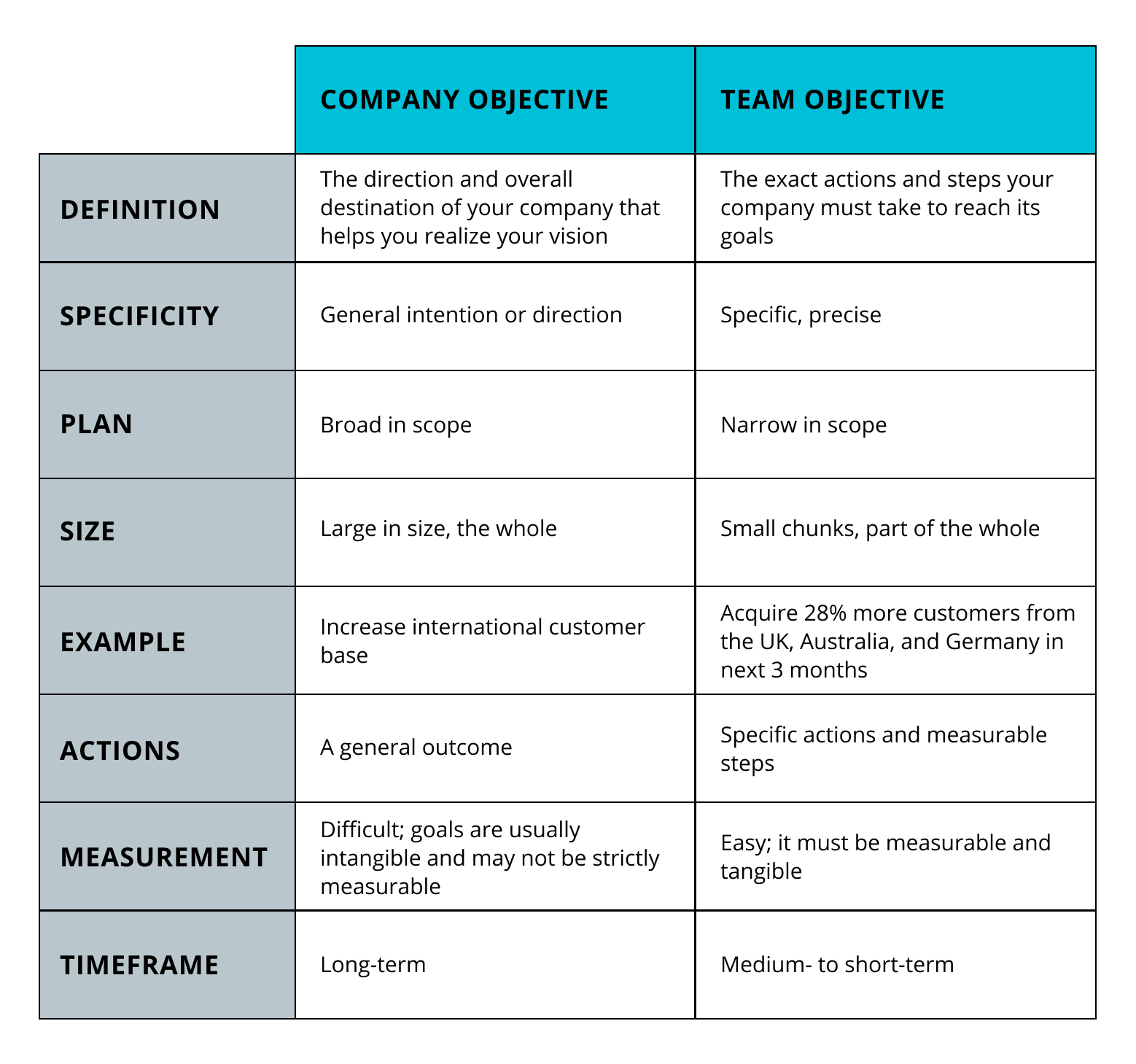
An organization's leadership team might develop strategic goals by reflecting on the organization's mission statement or values. These goals might focus on customer service, financial assets, productivity or any other aspect of the business. Strategic goals are targets that an organization's leadership team sets to help the organization grow. Related: How To Set Operational Goals in 6 Steps (With Examples) What are strategic goals? For example, the head of nursing in each network hospital might set an operational goal to develop a new post-surgical nursing training program by the end of the year. To meet a strategic goal of reducing post-surgery complications by 15% over five years, a hospital network's management staff might set operational goals in several departments. These targets allow an organization's management team to implement and monitor new processes. Every strategic goal features multiple operational goals that might span several departments. Operational goals, or tactical objectives, are the steps that an organization's staff might take to achieve a strategic goal. Operational Management: How They Compare What are operational goals? In this article, we define operational and strategic goals and explain the differences between these two business planning concepts. Learning about these different business goals can deepen your knowledge of business administration and make you an asset to an organization.

Strategic and operational goals are two key types of targets that can help leaders develop effective procedures and improve existing processes. Organizational leaders might use a variety of metrics to help a company, nonprofit group or government agency achieve success.


 0 kommentar(er)
0 kommentar(er)
